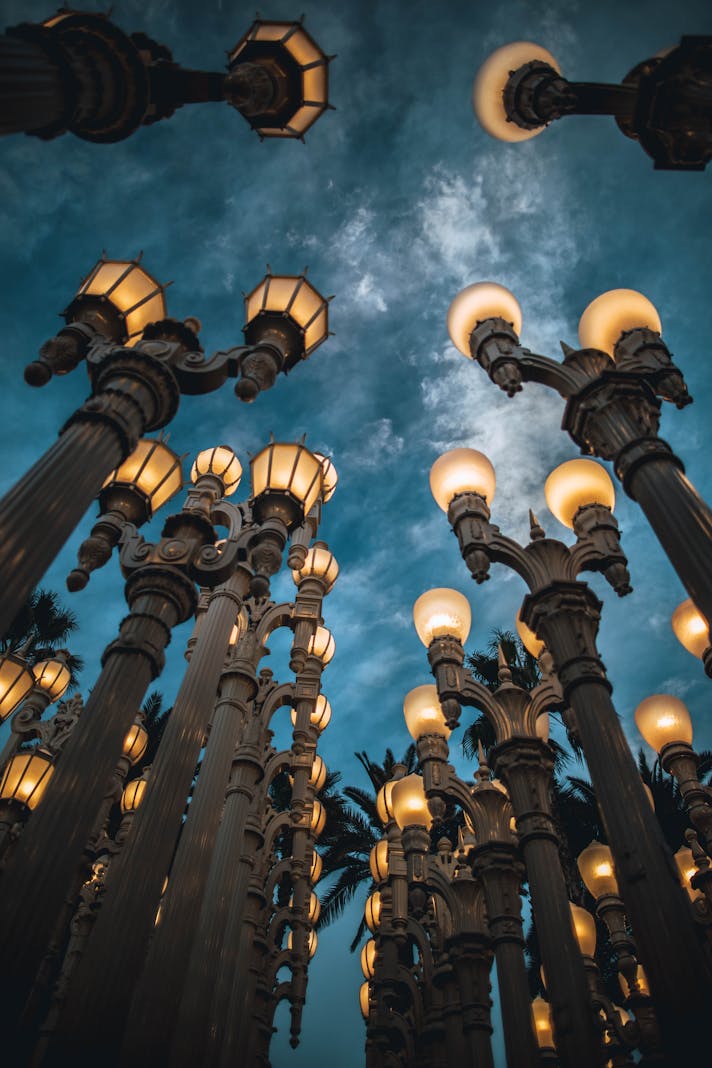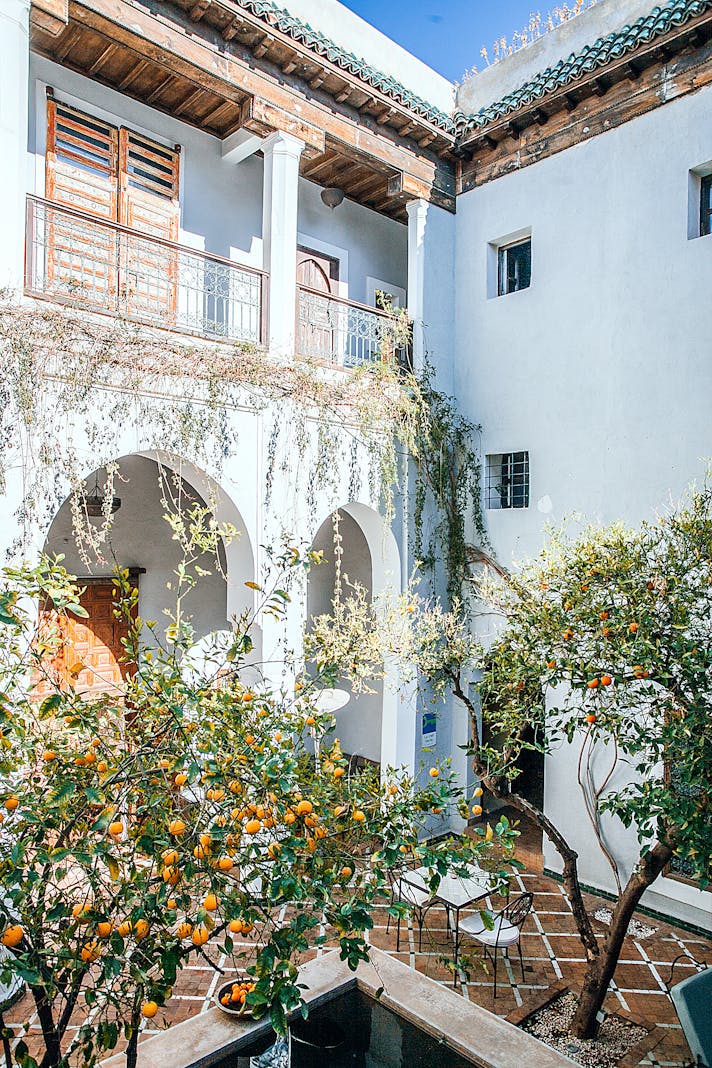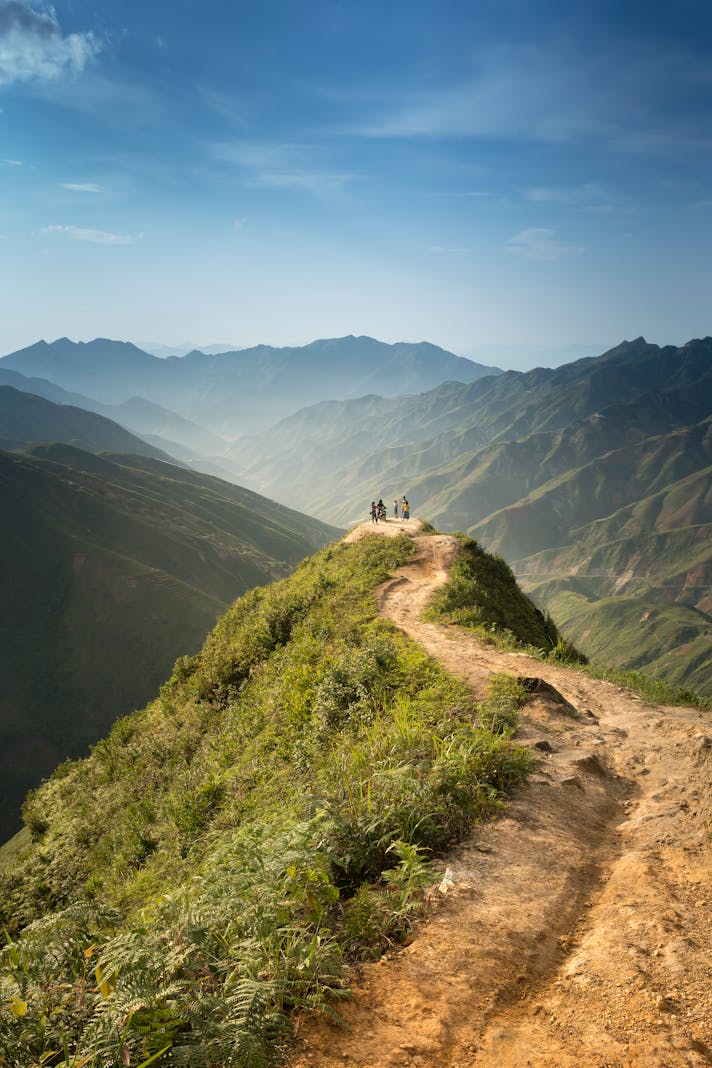Manzanar National Historic Site

On January 14, 1942, as the United States entered World War II, President Franklin Delano Roosevelt issued Presidential Proclamation 2537, which required the registration of non-citizens from Axis countries. Given the earlier attack on Pearl Harbor, this response in retrospect seems entirely appropriate to the situation. However, the ongoing hysteria across the nation seemed to necessitate stronger medicine; one month later, FDR signed Executive Order 9066, in which he gave the military permission “to determine from which any or all persons may be excluded” from the states bordering the Pacific Ocean, going on to say “the Secretary of War is hereby authorized to provide for residents of any such area who are excluded therefrom, such transportation, food, shelter, and other accommodations as may be necessary… to accomplish the purpose of this order.” While the United States was at war with three different countries, this exclusion was almost exclusively focused on Japanese-Americans, many of whom had been in the United States for two generations. Ten internment camps were established across the country, one of which is the California site made famous by Jeanne Wakatsuki Houston’s memoir, Farewell to Manzanar. Today, the camp is a National Historic Site, and visitors can experience part of what so many were forced to endure.
While it’s possible to pop in and out as part of a longer tour of the Eastern Sierra, Manzanar deserves at least half a day for observation, learning, and bearing witness to one of this country’s most shameful expressions of racism. Start at the Visitor Center and watch the 22-minute film Remembering Manzanar, and then peruse the wheelchair accessible exhibits. Then make your way to Block 14, where two barracks and a mess hall re-create living conditions for those kept here. Take the 3.5 mile driving tour to see the extent of the camp. Then get out of your car and explore the area on foot. Wander through the orchards, which give testament to the inmates’ needs to make a home in this hostile country. Explore the remnants of the Judo Dojo and gardens. Pay your respects at the cemetery. Feel the windy climate, the harsh temperatures, and the isolation from the rest of the United States. Remember the individual lives of small business owners, college students, housewives, and other individuals who were ripped from their homes without recompense and sent off to wait out the war in the desert. When you leave to continue your hiking or skiing weekend, recall those forced to stay.
Located roughly halfway between Reno and Los Angeles on Highway 395 between the towns of Lone Pine and Independence, there are no services available in the park. Bring water, snacks, and sunscreen with you, and dress for seasonal desert/mountain weather – the area is quite cold in the winter, extremely hot during the summer. Overnighters can find a Comfort Inn and two Best Westerns in Lone Pine, as well as independent motels and bed-and-breakfasts in that city and in Independence, both towns less than ten miles from the park. In addition, there are a number of campsites for both RVs and for tent camping.
Manzanar National Historic Site, P.O. Box 426, 5001 Highway 395, Independence, CA 93526. https://www.nps.gov/manz/index.htm
While it’s possible to pop in and out as part of a longer tour of the Eastern Sierra, Manzanar deserves at least half a day for observation, learning, and bearing witness to one of this country’s most shameful expressions of racism. Start at the Visitor Center and watch the 22-minute film Remembering Manzanar, and then peruse the wheelchair accessible exhibits. Then make your way to Block 14, where two barracks and a mess hall re-create living conditions for those kept here. Take the 3.5 mile driving tour to see the extent of the camp. Then get out of your car and explore the area on foot. Wander through the orchards, which give testament to the inmates’ needs to make a home in this hostile country. Explore the remnants of the Judo Dojo and gardens. Pay your respects at the cemetery. Feel the windy climate, the harsh temperatures, and the isolation from the rest of the United States. Remember the individual lives of small business owners, college students, housewives, and other individuals who were ripped from their homes without recompense and sent off to wait out the war in the desert. When you leave to continue your hiking or skiing weekend, recall those forced to stay.
Located roughly halfway between Reno and Los Angeles on Highway 395 between the towns of Lone Pine and Independence, there are no services available in the park. Bring water, snacks, and sunscreen with you, and dress for seasonal desert/mountain weather – the area is quite cold in the winter, extremely hot during the summer. Overnighters can find a Comfort Inn and two Best Westerns in Lone Pine, as well as independent motels and bed-and-breakfasts in that city and in Independence, both towns less than ten miles from the park. In addition, there are a number of campsites for both RVs and for tent camping.
Manzanar National Historic Site, P.O. Box 426, 5001 Highway 395, Independence, CA 93526. https://www.nps.gov/manz/index.htm

Related Articles
Editor's Picks Articles
Top Ten Articles
Previous Features
Site Map
Content copyright © 2023 by Korie Beth Brown, Ph.D. . All rights reserved.
This content was written by Korie Beth Brown, Ph.D. . If you wish to use this content in any manner, you need written permission. Contact Korie Beth Brown, Ph.D. for details.







